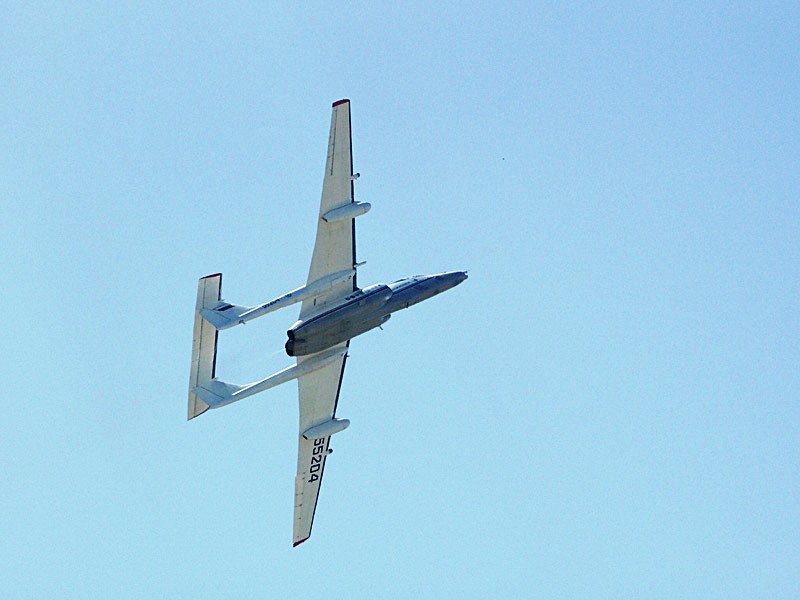Oui, oui, I said I would build an inbetweenie so I did. I said I might build something by Fabrizio Prudenziati but this one has been on the list for some time too.
Those interbellum French planes really had that je-ne-sais-quoi. They were sleek, long and short-winged, fast and just like Citroëns, very unique in their shape and appearance. Caudron built a lot of these racing planes in the thirties and this culminated in the Caudron Rafale.
The C.450 is one of the many versions of this plane, flown by, amongst others, Hélène Boucher. In 1934 she set a couple of records in this machine. She only had her pilot's license for two years and yet she flew as if she never has done anything else. Concentrating at aerobatics first, she drew lots of spectators to her performances in her Gypsy Moth. Soon thereafter, she bought a new plane and tried her luck on racing. She signed a contract with aircraft manufacturer Caudron and soon flew with their high-speed aircraft in air races. She set a new speed record over 100 and 1000 kilometres and the all-round speed record for women. Unfortunately, she crashed when taking off in a Caudron C. 430 in november 1934 and died of her injuries, only 26 years old.
All Caudron planes answered to the same aesthetics. long-nosed, short-winged. French paper model designer Philippe Renesson designed a very sturdy and super-tight fitting model of the C.450. This is the result, after the jump some build pictures.
 |
Boucher apparently was not bothered with superstitious thoughts. She flew the number thirteen.
|


























